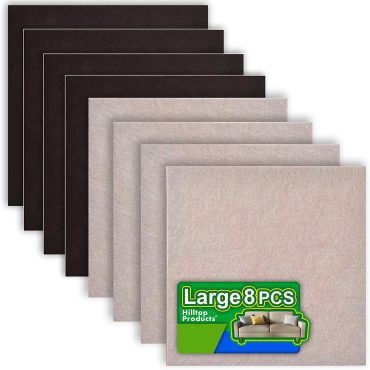1. Consider the Overall Design Concept: Start by defining the style and mood of your space. Whether you’re aiming for a cohesive or eclectic look, your choice of wood types and finishes should align with the overall design concept.
2. Choose a Dominant Wood: Select one wood type to serve as the dominant or primary flooring material. This wood should be used in larger or more prominent areas to create a consistent base.
3. Establish a Color Palette: Opt for wood species that share similar color tones or undertones. This helps create a cohesive look while allowing for subtle variations in texture and grain.
4. Vary the Plank Widths: If you’re using different wood types, consider varying the widths of the planks. This can add visual interest and distinction between the various flooring materials.
5. Create Zones or Transitions: Use different wood flooring types to define specific zones within your space. For instance, you might use one type in the living room and a different type in the dining area. Establish clear transitions between these zones using decorative thresholds or border patterns.
6. Match or Contrast Undertones: When mixing different wood types, pay attention to the undertones of each wood’s color. Matching or contrasting undertones can help tie the different woods together or create deliberate contrasts.
7. Use a Unifying Element: Incorporate design elements that repeat throughout the space, such as common furniture finishes, trim, or decor pieces. These elements can help tie together diverse wood flooring choices.
8. Incorporate Patterns: Consider incorporating patterns like herringbone or chevron using different wood types. These patterns can add sophistication and a sense of unity to your space.
9. Mindful Transition Pieces: Use transition strips or thresholds between different wood types to create a seamless and deliberate visual break between areas with distinct flooring materials.
10. Balance with Neutrals: Use neutral elements in your design, such as wall colors, furnishings, and accessories, to balance the visual impact of the varied wood flooring.
11. Embrace Natural Variations: Recognize that wood naturally varies in color, grain, and texture. Embrace these variations as part of the beauty and character of the design.
12. Seek Professional Advice: Consult with an interior designer or architect who specializes in flooring and interior design. Their expertise can help you make informed decisions that align with your vision.
13. Test Samples: Before committing to a combination of wood flooring types, obtain samples and place them in the intended space. This will help you visualize how they interact with lighting, furniture, and other elements.
14. Cohesive Transition Elements: When transitioning between rooms with different wood flooring, consider using common elements like rugs, art, or lighting fixtures to create a visual link between the spaces.
Remember that mixing wood flooring is about creating a deliberate and thoughtful design choice. With careful planning and attention to detail, you can achieve a stunning and harmonious blend of wood types that enhance the overall aesthetic of your home.















